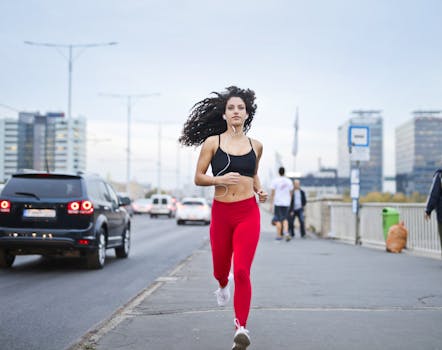
Introduction
The Paris Marathon is one of the most iconic races in the world. Running past historic landmarks and through lively neighborhoods, it offers a unique way to experience the beautiful City of Lights. Here are some essential travel and race tips to help you make the most of your marathon adventure.
Travel Tips
- Book Early: Paris is a popular destination, especially during marathon weekend. Secure your flights and accommodations well in advance.
- Choose a Central Location: Stay near the Champs-Élysées or in central Paris for quick access to the start line and easy sightseeing.
- Transport Preparation: Purchase a Paris Visite card for unlimited metro and bus travel. Familiarize yourself with the metro lines beforehand.
- Language Basics: Knowing a few French phrases will be helpful. Most Parisians understand English, but greetings in French are appreciated.
Pre-Race Preparation
- Expo Visit: Pick up your race bib and pack at the Marathon Expo, usually held at Porte de Versailles. Bring your medical certificate if required.
- Plan Race Morning: Map your route to the start. The Champs-Élysées can be crowded, so leave early.
- Clothing: Weather can be unpredictable; pack clothing for all conditions. A lightweight rain jacket might come in handy.
Race Day Tips
- Pacing: The course is mostly flat, but cobblestone sections and possible wind can affect your pace. Start conservatively.
- Hydration and Nutrition: Aid stations are every 5 km. Bring your favorite gels or snacks, as you may not find familiar brands on the course.
- Sightseeing Support: Enjoy passing by Notre-Dame, the Eiffel Tower, and more. Let the city’s beauty motivate you!
- Cheering Zones: Expect lively crowds, especially near major landmarks. Ask friends or family to choose cheering points in advance.
Post-Race Recommendations
- Recovery: Take time to stretch and enjoy the recovery area. Many runners opt for a traditional Parisian meal post-race.
- Explore: Celebrate your achievement by visiting museums, cruising the Seine, or simply relaxing at a sidewalk café.
Conclusion
Participating in the Paris Marathon is a memorable experience. With thoughtful preparation, you’ll enjoy a smooth race and a fantastic stay in Paris. Bonne chance!
Comments
Post a Comment